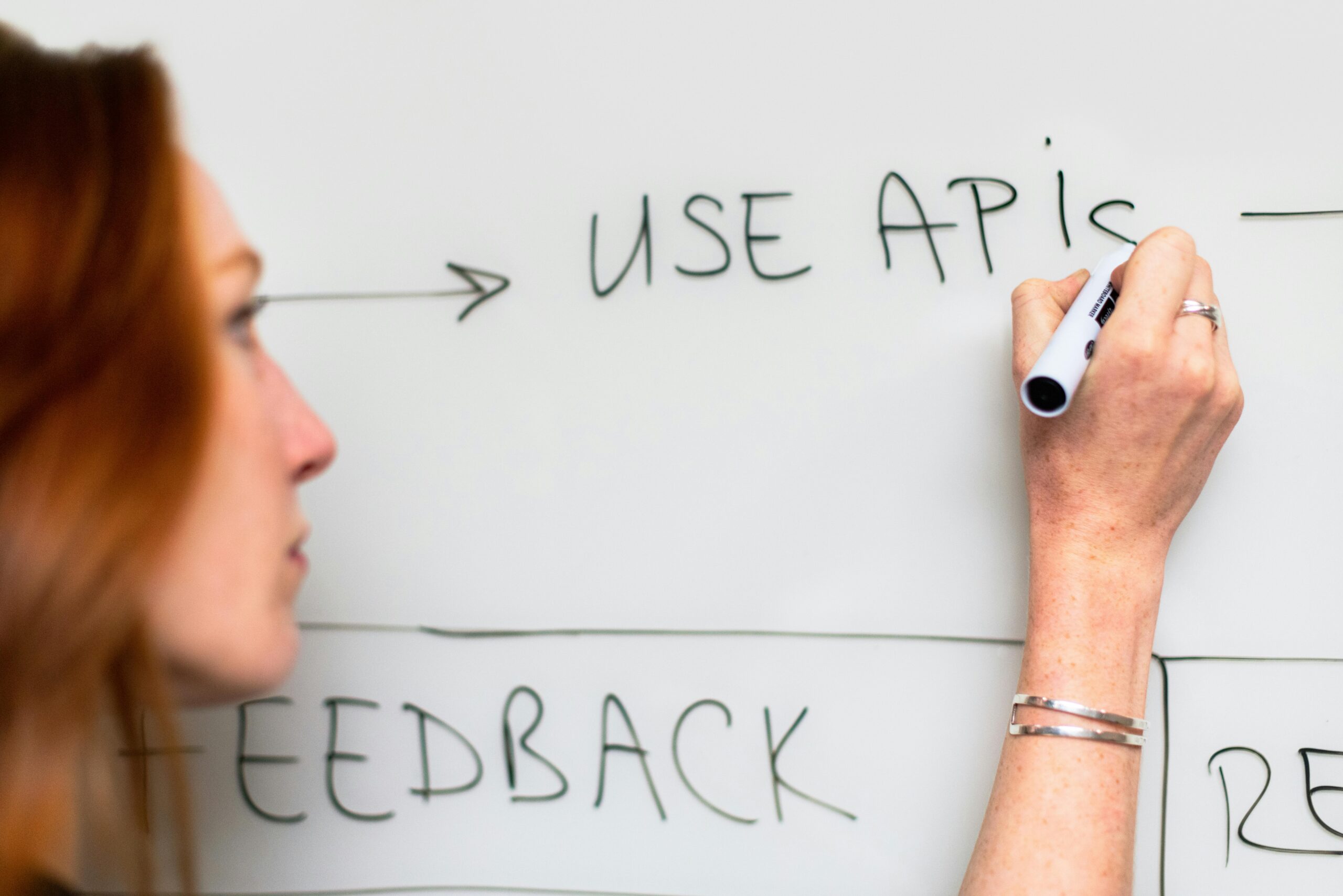Let’s talk about customer touch-points — the moments when your customers interact with your business. From that first click on your website to the follow-up email after a purchase, these interactions are pivotal in shaping customer perceptions and experiences. If you’re not paying attention to these touch-points, you could be missing out on some serious opportunities to connect with your audience.
Why Touch-Points Matter
Every touch-point is a chance to make an impression — good or bad. Think about it: when customers reach out for support or browse your website, they’re forming opinions about your brand. The more positive and seamless these interactions are, the better the relationship you’re building. If there’s a hiccup, it can lead to frustration and potentially drive customers away. So, managing these touch-points effectively is crucial for keeping your audience engaged.
How to Make the Most of It
- Map Out the Customer Journey: First things first — understand your customer journey. Identify every single interaction your customers have with your brand, from the moment they discover you to long after they make a purchase. Mapping this out helps you see where things might be going awry and where you can improve.
- Keep It Consistent: Whether your customers are interacting with you online or in-store, consistency is key. Each touch-point should reflect your brand’s personality and values. When customers have a cohesive experience across all channels, it builds trust and makes them feel more connected to your brand.
- Get Personal: Personalization is where the magic happens. Tailor your communications based on what you know about your customers — like their preferences, past purchases, or even their browsing behavior. A personalized email or recommendation can go a long way in making customers feel valued and understood.
- Ask for Feedback: Use your touch-points to gather feedback. After a purchase or service, send out a quick survey or ask for thoughts in follow-up emails. This not only shows you care about their experience but also provides valuable insights to help you improve.
Why It Matters
When you focus on optimizing your touch-points, you set yourself up for success. A well-managed touch-point strategy leads to happier customers who are more likely to stick around and spread the word about your business. It’s all about creating strong emotional connections that drive loyalty and referrals.
So, take a good look at your customer touch-points. Are you using them to their fullest potential? If not, it’s time to make some changes and start building those relationships that can elevate your business.









